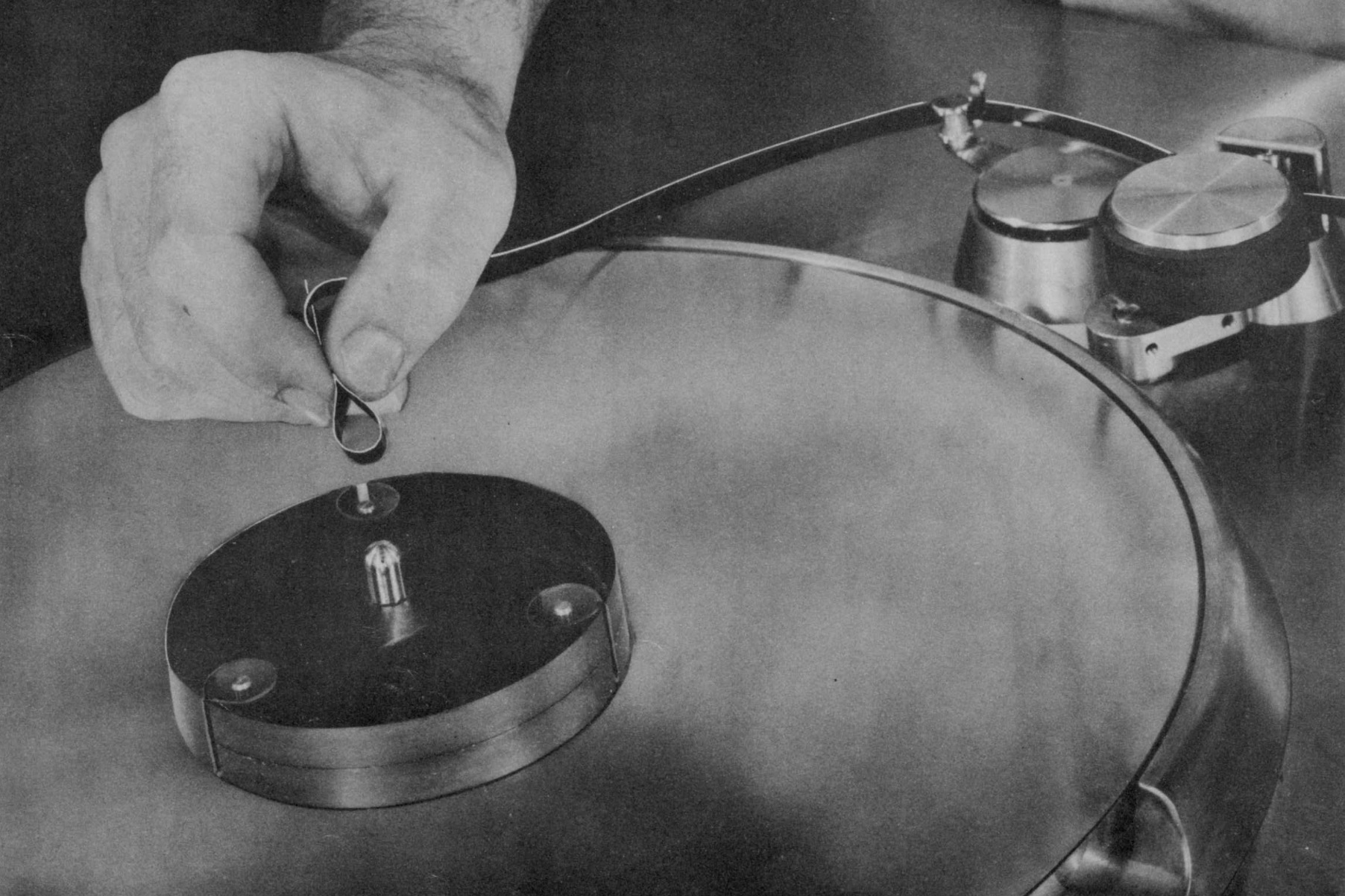Digital Projects
Building on a belief that disciplinary engagement is necessarily reflexive, I view the digital humanities as a means for developing, testing, and evaluating methodologies for historical and musicological inquiry. Tools like computer analysis of texts and musical works, digital mapping, and 3-D modeling can augment, enhance, and complicate traditional methods of researching and writing history. But digital tools, I argue, must not be seen as ends in themselves, but rather as a means to a more critical engagement with scholarship and ethics. To this end, I work to incorporate digital methods of inquiry into my research and teaching in order to foreground historical voices and student experiences. This work has been supported by the Humanities, Arts, Science, and Technology Alliance and Collaboratory (HASTAC) and the Media, Sound, and Culture Lab at the Eastman School of Music.
Research
Sounding the Space Race (To Be Launched Fall 2021)
This project translates my research on the space race into a user-friendly educational resource, where readers are able to interact with the sights, sounds, and songs of the United States and Soviet space programs. Using Scalar, I am constructing a platform where users can explore different media and historical moments in either a linear or a non-linear process, which in turn empowers the user to build on existing curiosities and develop new ones.
Listening to the Soviet Prison System (in early stages)
Building on my research on the sonic experience of prisoners in the Gulag, this project aims to recreate the soundscapes of particular prison camps in the Soviet system. Drawing from memoir accounts, oral history interviews, and historical maps of prison complexes, I plan to create a system using a digital publishing platform that allows users to listen to Gulag survivors recount their stories and to hear what the Gulag might have sounded like to those living within.
PEDAGOGY
Digital Pedagogy Handbook, Eastman School of Music (Collaborator)
Hosted by the Eastman School of Music’s Media, Sound, and Culture Laboratory, the Digital Pedagogy and Cultural Literacy Handbook is a collection of assignments and best practices documents from other instructors who harness digital tools and critical pedagogy to help students develop nuanced listening skills, media and information literacy, as well as the ability to critically evaluate musical styles as they relate to present-day musical cultures. It touches on topics as diverse as graphic syllabi to podcasting in the classroom. As a collaborator with this project, I’ve helped to both conceptualize the project and design the website that hosts the handbook. I am also contributing guides on graphic syllabi and blogging.
Mediate digital pedagogy tool (Research Assistant)
Mediate is a web-based application at the University of Rochester that allows students to annotate various media (videos, sound recordings) and produce notes and other pertinent information in real time. In the music history classroom, we devised an assignment that combines archival research with this application. Students research a significant premiere or performance in Eastman’s history by examining both extant performance scores and other archival materials. They then create a “score follower” video: a video which syncs images of the sheet music with the archival recording of this performance. Once they’ve created this video, students then go through and annotate the video with relevant information about both the piece and the historical moment. As a research assistant, I compiled examples of potential archival materials and historical performances as well as created a manual on how to create score follower videos using iMovie and other video editing software. I also have participated in discussions conceptualizing how best to implement this interdisciplinary tool in the music classroom specifically.
Blogging in the Classroom Initiative
In my Music and Technology in the Twentieth Century course, I designed a series of three blogpost assignments that both improved students’ digital literacy and applied the goals of the traditional research paper by breaking it into more manageable parts. Students gained experience working with the Wordpress platform, where the blog was, significantly, available to all other students and a broad public. This encouraged students to write not only for me but also for their peers and, conceivably, anyone with internet access. (Indeed, a musicology faculty member at a different university found one student’s blogpost and, much to the student’s excitement, used it in his course preparation.) Moreover, students were paired up with a partner after each assignment and asked to write a constructive review. This encouraged students to both get to know each others’ works and interests and critically engage with the assignment from a different perspective.
The three assignments were designed to touch on different elements of a traditional research paper. Assignment one, writing a microhistory of a musical technology, required students to execute a research plan of their own initiative as well as compile historical evidence in support of a thesis. Assignment two asked students to consider the relationship between music and politics while also incorporating the arguments of other writers. And the third assignment challenged students to analyze a music video—specifically the relationship between the visual and the sonic—while also completing a “mini-ethnography” of the YouTube comments section to contextualize popular reception.
Russian Songs for Teaching (2017-2018)
Russian Songs for Teaching was a collaborative website that was operational from 2017 to 2018. It was a resource for using songs and music in the Russian language classroom and included information on specific language pedagogical focuses, level of instruction, and translations and sheet music. Due to a hosting problem, the website went offline in 2018, but I am hopeful we can resume progress in the future.
